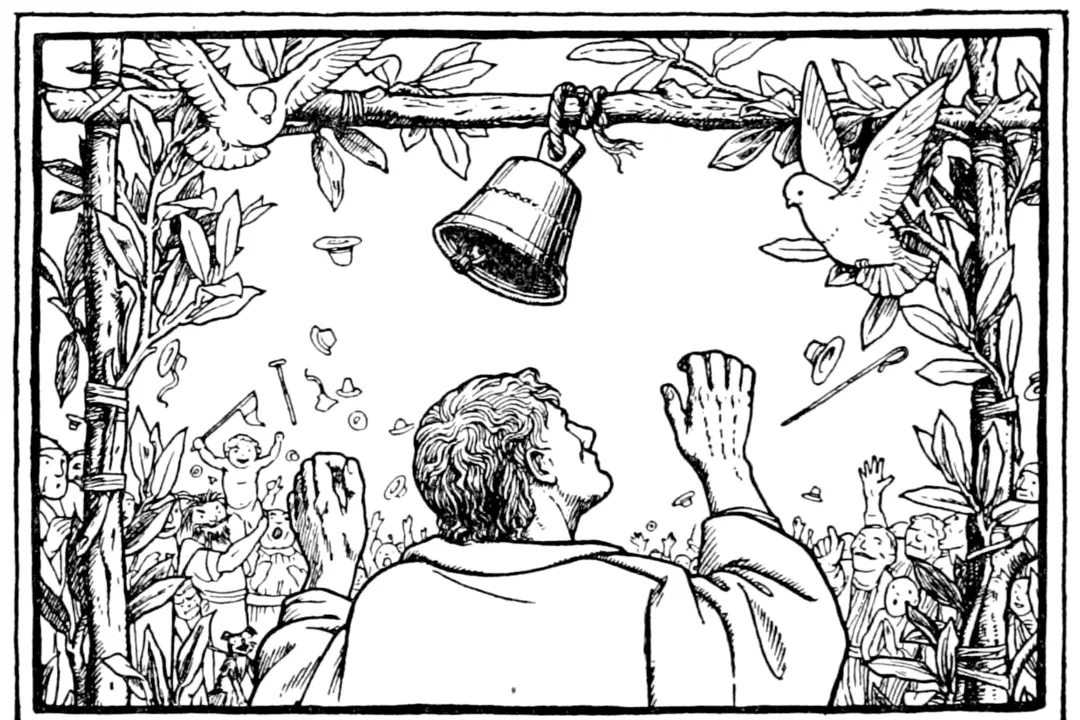We each have personal opinions and thoughts that we like to discuss and compare with others. Whether on trivial or crucial matters, this discussion, enabled by freedom of speech, allows us to search for truth.
The Saturday Evening Post commissioned the Pulitzer Prize-winning author Booth Tarkington in 1943 to write an essay to accompany Norman Rockwell’s painting “Freedom of Speech.”






